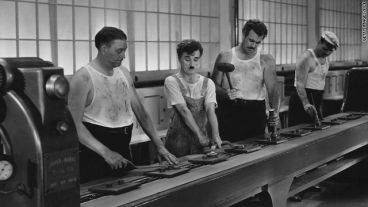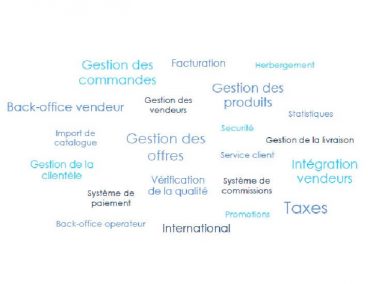Should we abandon the idea of designing better offices?
01 September 2017 - Author : Laetitia Vitaud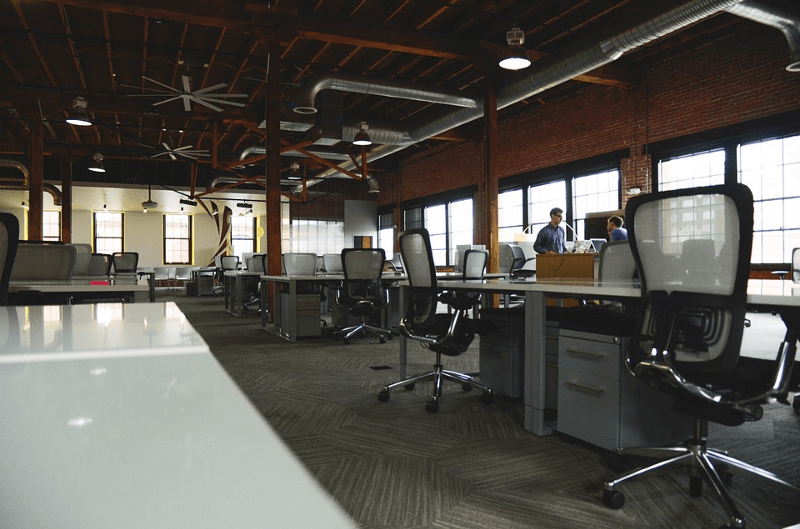
Office design is as old as the office itself. Since white-collar work became the new norm in the twentieth century, experts and designers have worked alongside executives to improve the workplace and thus increase employee performance. The history of the office is filled with countless trends, movements and ideas to transform it. That’s the subject of Nikil Saval’s thrilling book, Cubed: A Secret History of the Workplace, which recounts all these movements and helps us get some historical perspective on the questions and controversies surrounding the office today, very few of which are actually new.

History is filled with so many experiments and reactions, that one may be led to believe that everything has already been tried and there is no universal truth when it comes to designing a “better office”. History may even teach us that the only thing to fear is (top-down) utopian design that disregards (messy) reality and what workers actually need and want.
Office design is still popular today, most notably in the Silicon Valley where numerous startups pride themselves on having the best workplace, and on being scientific and “data-driven” about the correlation between environment and performance. But are the rise of contract work and the changing nature of work progressively making office design irrelevant? What does a “good workplace” actually mean today?
How the idea of office design came to be
Factory workers in the first half of the twentieth century were the most politicised group of all. By contrast white-collar workers were not very likely to be part of a political movement. However in the mid-century, more white-collar workers wanted to join a union and many of them were awakened to a new class consciousness. In all the places ruled by the norms of bureaucracy rather than individual achievement, unions were therefore seen as a new threat by a lot of corporations. To counter that threat, the managers imagined that designing better offices could be the solution.
The growing popularity of behavioural sciences like sociology and psychology led managers to seek to study the way their workers actually behaved rather than how they should behave. The most famous study, called the “Hawthorne experiment”, was conducted in the 1920s and 1930s. It sought to establish an actionable correlation between lighting and productivity on the factory floor. To the dismay of all the experts carrying out the experiment, there was no correlation whatsoever. It was only the fact of being watched that affected how much the workers worked.
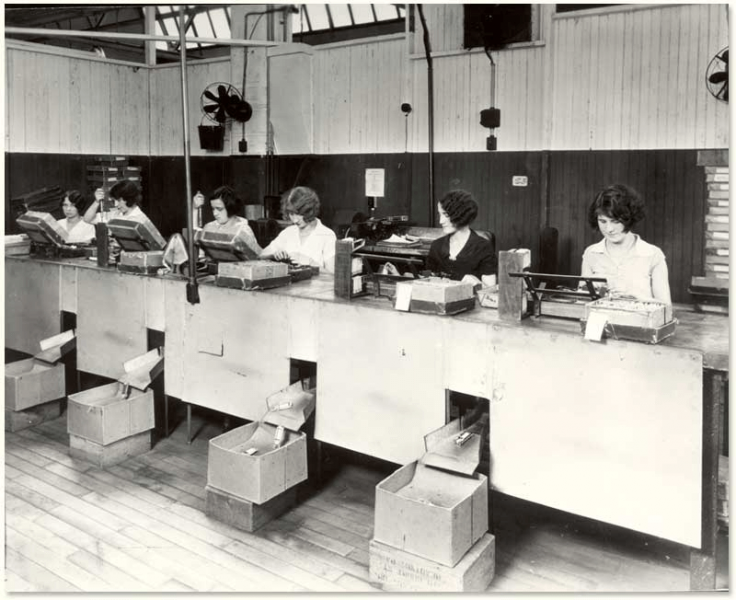
Nevertheless, the idea that design could impact productivity was not one to be easily dropped. With what came to be referred to as the human relations movement, executives aimed to offer their workers a more humane and benevolent workplace. Several architects were part of that movement and designed architectural utopias to root out any form of social unrest. Le Corbusier, probably the most influential architect of the twentieth century, is a very iconic representative of that movement who imagined urban utopias filled with office workers.
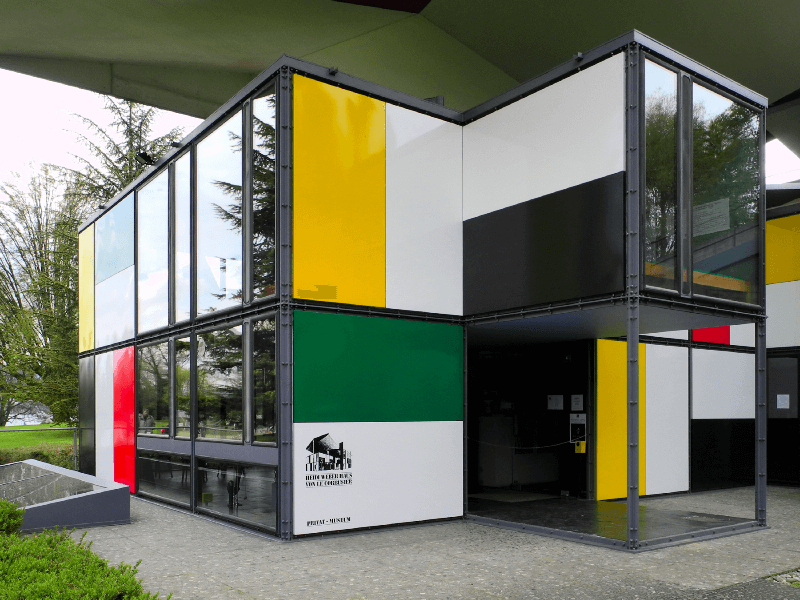
Many of the architectural utopias of that period ended up having negative consequences and were in fact poorly suited to the real needs of real people. Already contemporary critics stressed the importance of random encounters and informal collaboration in the office: not everything could be designed. The numbing uniformity of the modern office negated the individual. The tall and magnificent skyscrapers built in the largest American cities — Chicago’s Loop is a perfect illustration — made for spectacular skylines…but they housed stifling, individual-crushing and repetitive offices.
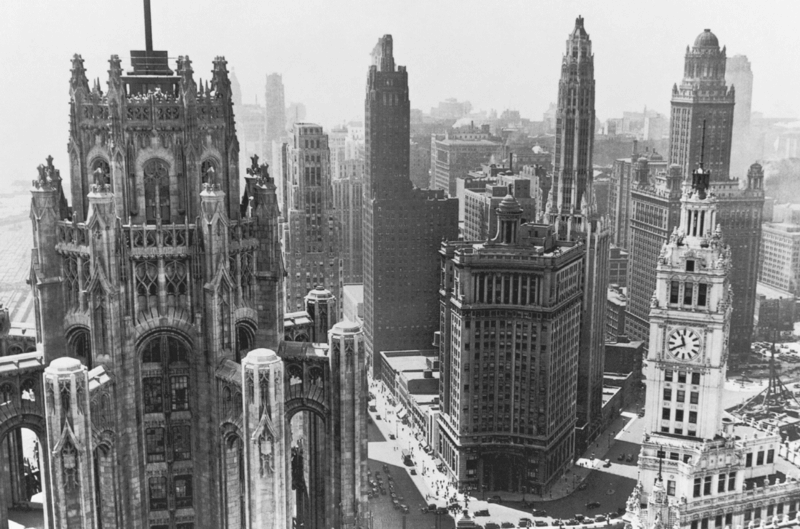
Against hierarchy and bureaucracy: an effort to create a more horizontal office
Skyscrapers would continue to be built in the decades that followed, of course; up until the early twenty first century, real-estate speculation was based on the construction of endless tower offices in urban centres. However, starting in the late fifties, another movement would change office design profoundly and inspire new generations of executives and designers: the corporate exodus into suburbia.
The new fear of a nuclear war made central business districts seem more dangerous. And the presence of union workers in cities continued to frighten executives. So many companies decided to set up their headquarters in the suburbs: AT&T’s Bell Labs in Murray Hill, New Jersey, is one famous example. Bell’s goal was to foster innovation through “serendipitous encounters” in the office, where less hierarchy and more horizontality would open up new possibilities. So Silicon Valley’s idea of the “horizontal” office was not exactly new in the 1990s !
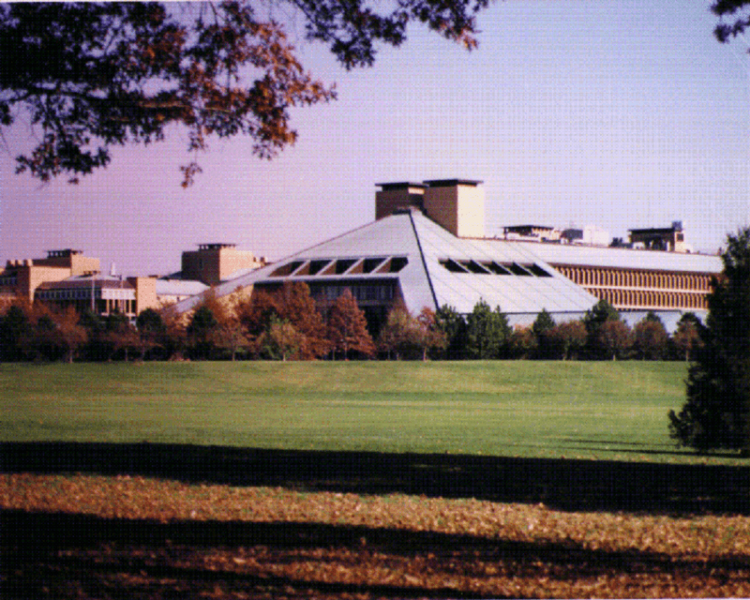
In a continued effort to study how “man and his environment participate in molding each other” and how to improve the work environment so as to make workers more concentrated and productive, designers like Robert Propst invented “ergonomics”. Office work used to be seen merely as a variety of factory work, but with Propst, it was now estimated that mental work was of a different nature. It was understood that the ability to focus on a cognitively demanding task required a particular environment and the enhancement of physical capabilities as well. (The recent success of the book Deep Work: Rules for Success in a Distracted World by Cal Newport (2016) shows those questions are as relevant as ever in the digital age.)
In the 1960s and 1970s, a more individualistic culture prompted other changes, some of which were largely embraced by business. Management guru Douglas McGregor wrote in The Human Side of Enterprise in 1960 — one of the most pivotal and inspiring management books of the time — , that individual self-actualisation had to be stirred for companies to innovate and create value. Furthermore a more educated workforce of knowledge workers — the term was coined by Peter Drucker — demanded a better designed workplace.
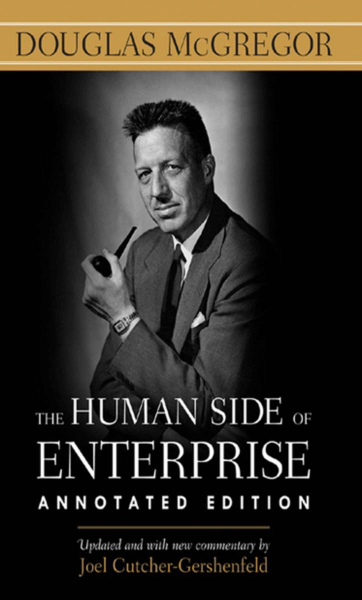
The workplace had to become more performance-based, less hierarchical and had to welcome employee ideas. A novel approach to designing offices came from 1960s Germany, where two brothers, Wolfgang and Eberhard Schnelle invented Bürolandschaft (office landscapes). They believed the office was to be viewed as organic, natural and human. They can be said to have invented our modern “open space”.
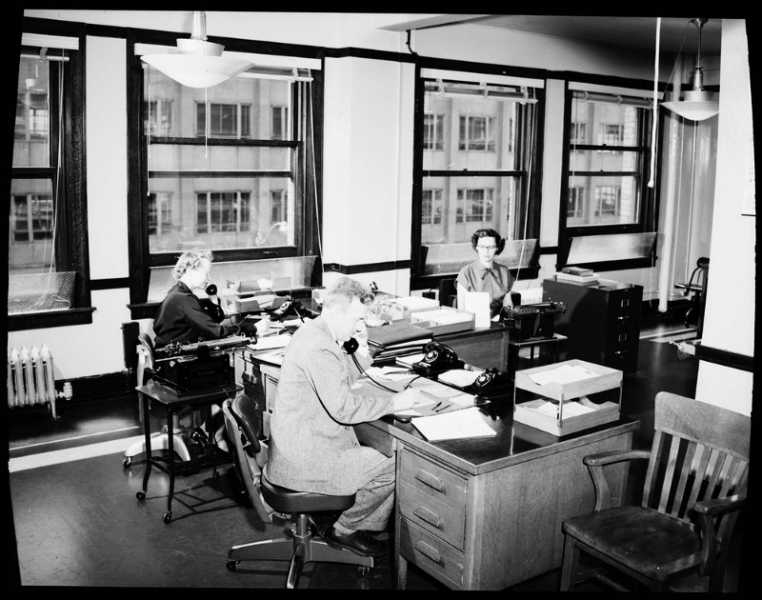
The open-space cubicle became the degraded norm of office design
The Bürolandschaft open space was an approach, rather than a model-fits-all design. The idea was to make every aspect of the design mobile. A flexible office was cheaper and could be reorganised at will, depending on the needs of the moment. But sadly, in the years that followed, these open spaces were more often filled with the standardised and numbing cubicles that reflected the large dominance of individual-crushing bureaucracies. Some of the most important elements of work performance were lost: concentration and individual needs were disregarded.

Most companies had little interest in creating autonomous environments for their workers. Instead they wanted to be able to fit as many of them as possible into as little space as possible. The rise of real-estate prices and the increasing competition from abroad (Germany and then Japan) led many firms to opt for cheap box-like designs that offered little privacy and comfort.
In fact, the rapid rise of white-collar work after the 1970s and after concerned primarily the lower rungs of the corporate ladder, rather than the “knowledge work” that had been prophesized by so many pundits, including Peter Drucker. A lot of these white-collar workers now formed a classless group of poorer workers, whose situation was often not as good as that of the blue-collar workers. Their working conditions had much in common with the factory floor.
Soon, much of the criticism levelled at the modern office crystallized around the cubicle itself, which embodied everything that was wrong with the office. Numerous films and series chose cubicles as their decor (among which the iconic Office Space). Offices were filled with overeducated workers whose expectations clashed with their actual opportunities of advancement and the reality of their work.
“The cubicle had the effect of putting people close enough to each other to create serious social annoyances, but dividing them so that they didn’t actually feel that they were working together. It had all the hazards of privacy and sociability but the benefits of neither” (Nikil Saval)
Then postmodernism attacked office design further
The very idea that one can design the office to foster productivity came under attack with postmodernism. The blind utopianism of twentieth-century figures such as Le Corbusier was criticised for ignoring context and scale and attempting project of social engineering. Some critics drew the conclusion that the modernism of commercial architecture was basically anti-human. Architects had ignored context so much that even housing buildings were made to resemble office buildings.
In the 1980s and 1990s, due to increased competition from Japan, economic uncertainty and growing unemployment, there were massive middle-management layoffs. And the office was made to become lean. A series of mergers and acquisitions and corporate raids regularly made the headlines. Progressively, the traditional corporate contract was broken for most white-collar workers as the stable wage increases and benefits of the previous decades disappeared. The office became a more frightening place ruled by the primal fear of being made redundant.
Complaints about office environment and the boredom associated to mindless white-collar work became very common everywhere. It became a literary genre as computers and automation brought increased gloom to the workplace. Isolation increased…and cubicles became even smaller and more stifling. For most workers it installed a deep-seated distrust of the very idea of office design, which could not be trusted to go in the right direction.

How dreams of the “office of the future” created new utopias
Seeing that the computer revolution would transform the workplace as much as the industrial revolution, some experts started predicting unprecedented changes in the nature of office work. Either the “office of the future” would become paperless and non-territorial or there wouldn’t be an office at all. As early as in the 1980s, Alvin Toffler foresaw that telecommunication technologies would revolutionise the workplace. But telecommuting did not take off, as it was seen as a threat to most managers: not being able to control their employees in the same way as before was deemed unacceptable.
Remote work may really not have taken off in the 1990s, but new workplace utopias were created, that marked the rebirth of Bürolandshaft and the faith in office design. In Silicon Valley, knowledge workers in the truest sense of the phrase, were offered a promising new world in the far West. Silicon Valley became an endless source of utopian dreams about the workplace. A new “aristocracy of talent” was offered “idylls of enlightened capitalism”. Nobody needed job protection. They had to freedom to work…all the time. There was less hierarchy, better amenities and abundant stock options.
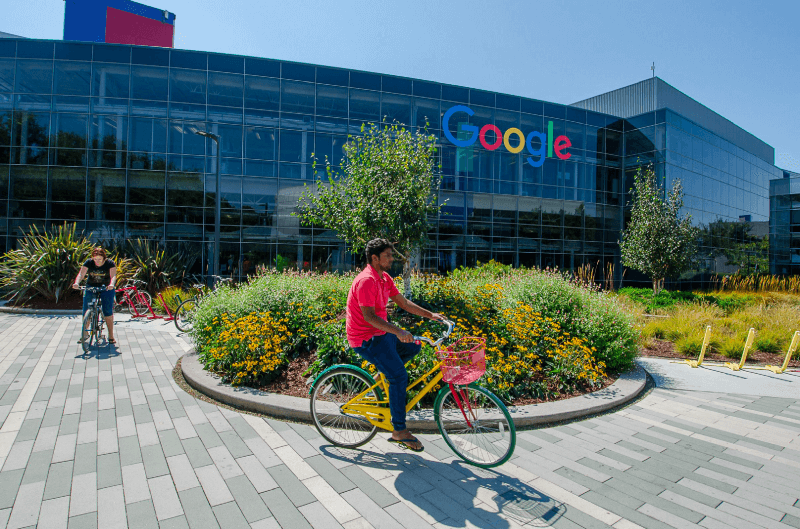
A cult of informality along with a worship of all-hours work had a lot of influence on the work environment of the Valley. “It was the college lifestyle extended to the early days of a startup and then institutionalised as the startup grew bigger”, wrote Nikil Saval. The workplace became a subject of legend, which few companies communicated more about than Google — in 2013, an entire film titled The Internship was made to glorify the Google workplace, which can be said to have served the purpose of making the company even more appealing to future candidates. A new focus on company culture became a common trope in all startups — the concept was in fact not entirely new since it comes from the old human relations school of thinking.
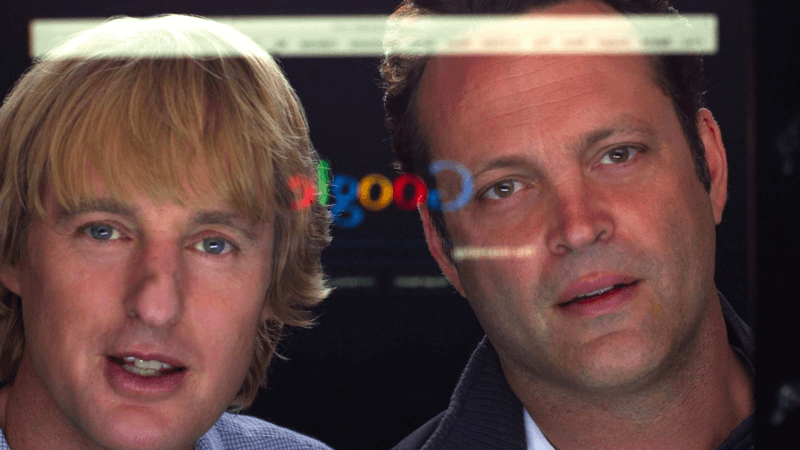
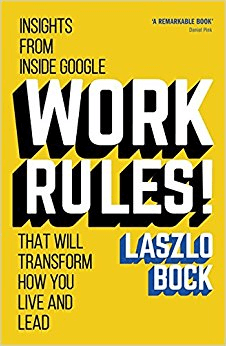
As explained by Google’s former HR chief, Laszlo Bock, in his best-selling book Work Rules!: Insights from Inside Google That Will Transform How You Live and Lead, workplace engineering is a science. The workers’ personal preferences (in terms of food or ergonomics, for example) are always taken into account to make each and everyone as productive and happy as they can possibly be. And Google receives dozens of thousands of work applications every week as a result.
However, the hold of the office over its workers seems to be diminishing. The rise of freelance and contract work and the end of the life-time employment policies of large corporations mean a higher proportion of workers are now outside the reach of office design. Furthermore, the increased mobility of technology means remote work is now a concrete reality (read our article on the subject, in French).
In fact, the multiplication of nomadic and non-territorial offices, with official policies about flexibility, is as much the result of the change of the labour contract (and the rise of freelancing) as that of new technology. More than one third of the US workforce today is freelancing part time or full time, and freelancing will most probably continue to grow fast over the next few years. As more and more workers are no longer within the purview of regular HR and office policies because they aren’t directly employed by the company, workplace design has less and less impact on corporate output.
Furthermore the rise of freelancing has changed many more workers’ expectations and demands. Autonomy, creativity and increased flexibility when it comes to working conditions matter more and more. Everyone still enjoys a “cool” office, but they care more about how much their managers trust them. A company like Google still officially encourages its employees to spend as much time as possible at the office, but it also leaves them largely free to handle their workload the way they like and spend half a day at home on “deep work” if they feel they need it from time to time.
After the cool office craze of the early twentieth century, today’s most appealing startups (big or small) all have some kind of “all-of-the-above” workplace policy. Sometimes employees are free to personalise their workplace “recipe” with a dose of office work — equipped with the chair and food of their choice — , a dose of remote work whenever necessary and a nip of co-working if and when they happen to be on a trip. The idea that one perfect design could fit all has largely been abandoned.

